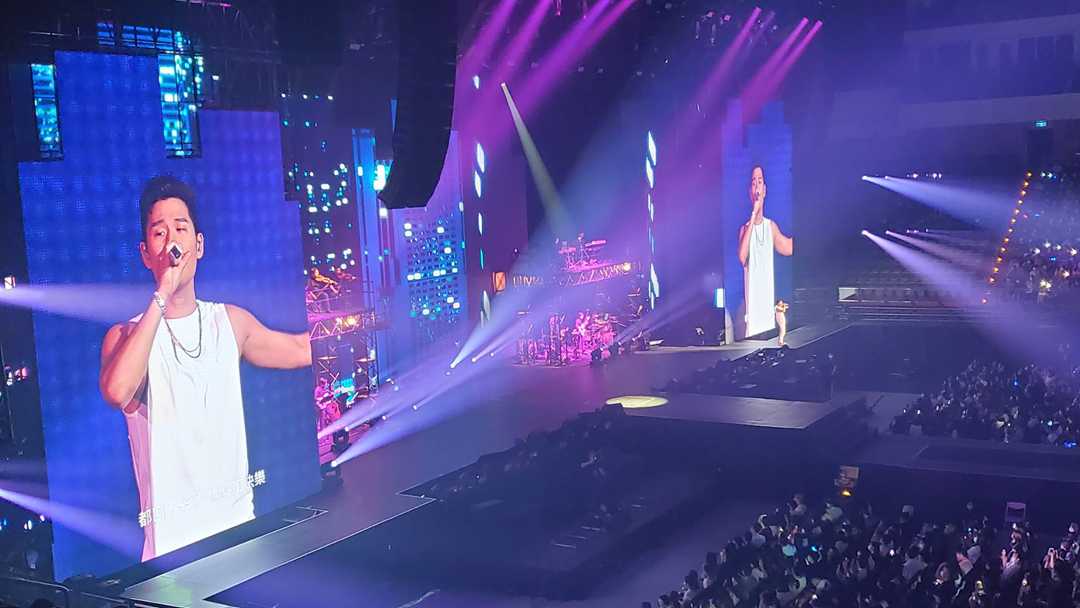L-Acoustics delivers Eric Chou arena shows
- Details

Thousands of fans gathered together under the roof of Taiwan’s biggest venue, Taipei Arena, to enjoy the magic of Chou’s performance, brought to life by an L-Acoustics K Series sound system delivered by the team at Winly Engineering & Trading, who had previous experience of working with Chou on his first concert at the arena last year.
“It was an absolute pleasure to be working with Eric once again on what became the first large-scale live event in Asia since social distancing measures were first introduced,” says Winly system engineer, Mike Lee, who has contributed to the system design of virtually every concert at Taipei Arena in the past few years.
Lee and colleague Andre Lai, monitor engineer and head of the sound crew, used L-Acoustics Soundvision to design and configure the sound system. “We really appreciate how Soundvision helped us with the design, as well as implementation stage,” explains Lee. “Not only did it make our work much quicker, it also delivered a highly accurate simulation of the system performance.
“Taipei Arena is such an iconic venue; it really is a pinnacle of Taiwan’s entertainment industry. With these concerts, we had a deep sense of responsibility to deliver an event like no other in its audio splendour, so thousands of fans could once again experience a truly spectacular live show!”
Disappointing fans was not an option, so Lee and Lai planned a design carefully to ensure consistent coverage, frequency response, and sufficient SPL. Most importantly, the pair carefully measured the system’s STI, to attain perfect clarity for the star’s ballads.
The full system comprised main L/R hangs of 12 K1, topped with four K1-SB subwoofers and completed by four K2 down for near-fill coverage. The flown arrays were complemented by four ground stacks of four KS28 subs, evenly spaced in front of the stage. Two hangs of six K2 per side, positioned slightly behind and to the outside of the main hangs provided side-fill. Four Kara, each placed atop the ground stacked KS28, did front-fill duty. Delays of two hangs of six Kara extended coverage to the far end of the arena.
“We used K1 as the main speaker for its volume, strong impact and low frequency control, which makes it the top large-scale sound systems on the planet,” explains Lee. “We chose K2 for optimum distribution, whilst Kara is known for its lightweight, diminutive form factor and strong SPL. Using KS28 subs offered us extended bandwidth down to 25Hz, as well as outstanding low frequency resolution and exceptional SPL.”
















